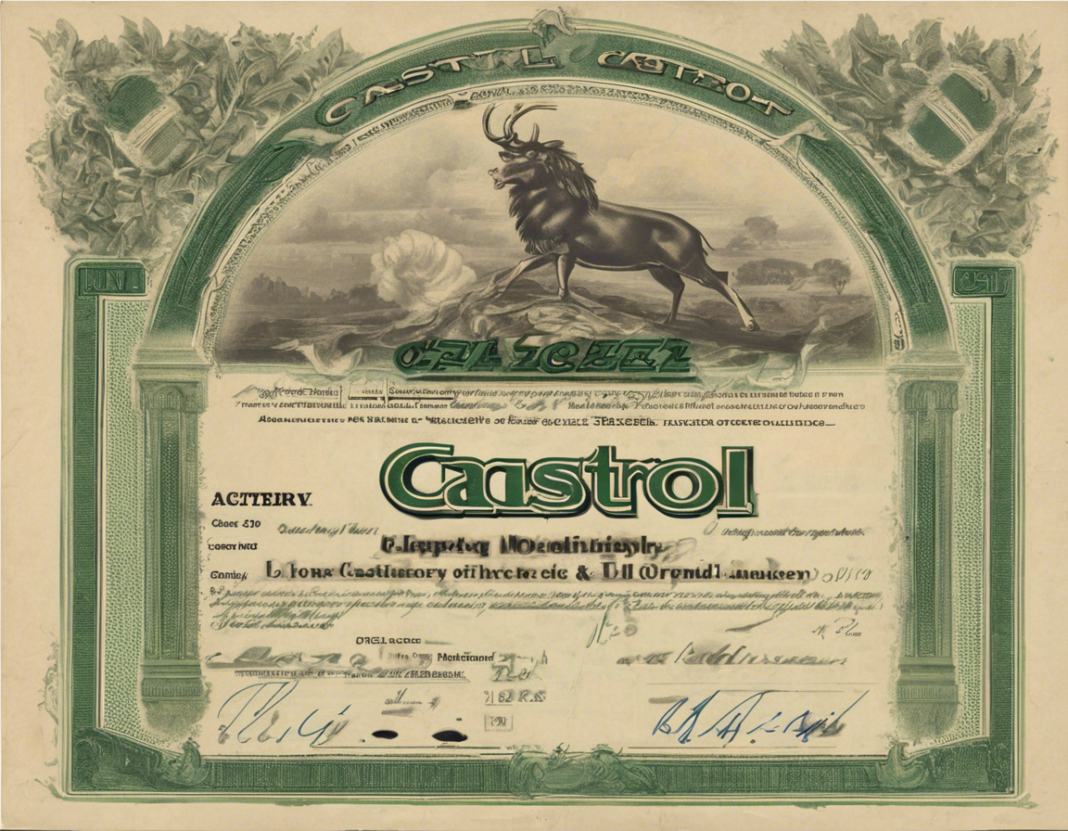Overview:
Castrol is a renowned name in the global lubricant industry, known for its innovative products and strong market presence. In this article, we will delve into an analysis of Castrol’s current share price trends. Understanding the factors that influence Castrol’s share price movements can provide valuable insights for investors and stakeholders alike.
Factors Influencing Castrol’s Share Price:
1. Market Trends:
– The global lubricant market trends play a significant role in determining Castrol’s share price. Factors such as demand-supply dynamics, pricing strategies, and competitive landscape can impact the company’s financial performance.
2. Financial Performance:
– Castrol’s financial reports, including revenue growth, profitability margins, and cash flow statements, are crucial indicators for investors. Strong financial performance often translates into a positive share price trend.
3. Industry Regulations:
– Compliance with industry regulations and environmental standards can influence Castrol’s operations and, subsequently, its share price. Changes in regulations or compliance issues can impact investor confidence.
4. Technological Advancements:
– Innovation in lubricant technology and product development can give Castrol a competitive edge in the market, driving its share price. Investors closely monitor the company’s investments in research and development.
5. Macroeconomic Factors:
– Economic indicators such as GDP growth, inflation rates, and interest rates can impact Castrol’s share price. A strong economy generally bodes well for the company’s performance.
Share Price Analysis:
1. Historical Performance:
– Analyzing Castrol’s share price trends over a specific period can provide insights into its volatility, growth potential, and stability. Historical data helps investors make informed decisions.
2. Technical Analysis:
– Technical indicators such as moving averages, Relative Strength Index (RSI), and Bollinger Bands can help investors assess Castrol’s share price movements and identify potential buy or sell opportunities.
3. Peer Comparison:
– Benchmarking Castrol’s share price performance against its industry peers can offer valuable insights into its relative valuation, market position, and growth prospects. A comparative analysis is essential for investors seeking to make informed investment decisions.
4. Analyst Recommendations:
– Monitoring analyst recommendations and price targets can provide investors with valuable insights into Castrol’s share price outlook. Analysts often consider various factors, including industry trends, financial performance, and market sentiment.
5. Investor Sentiment:
– Investor sentiment, reflected in factors such as trading volume, short interest, and institutional holdings, can influence Castrol’s share price movements. Positive sentiment can drive stock price appreciation, while negative sentiment may lead to a downturn.
Potential Risks and Challenges:
1. Market Volatility:
– Fluctuations in the global financial markets can impact Castrol’s share price, leading to volatility and uncertainty for investors.
2. Competitive Pressures:
– Intense competition in the lubricant industry can pose challenges for Castrol, affecting its market share and pricing strategies.
3. Regulatory Changes:
– Shifts in industry regulations or environmental standards can impact Castrol’s operations and financial performance, potentially leading to share price fluctuations.
4. Economic Uncertainty:
– Economic downturns or geopolitical tensions can negatively impact Castrol’s business operations and share price performance.
5. Technological Disruption:
– Rapid advancements in technology and changing consumer preferences can disrupt the lubricant industry, posing risks for Castrol’s market position and share price stability.
FAQs (Frequently Asked Questions):
1. What are the key drivers of Castrol’s share price performance?
– Key drivers include market trends, financial performance, industry regulations, technological advancements, and macroeconomic factors.
2. How can investors assess Castrol’s share price trends?
– Investors can use historical performance analysis, technical indicators, peer comparison, analyst recommendations, and investor sentiment to assess Castrol’s share price trends.
3. What are the potential risks associated with investing in Castrol’s shares?
– Risks include market volatility, competitive pressures, regulatory changes, economic uncertainty, and technological disruption.
4. How important is investor sentiment in influencing Castrol’s share price movements?
– Investor sentiment plays a significant role in driving Castrol’s share price movements, reflecting market perceptions and expectations.
5. Why is it essential to monitor Castrol’s financial performance for share price analysis?
– Monitoring Castrol’s financial performance helps investors gauge its revenue growth, profitability, and overall financial health, which can impact share price movements.
In conclusion, analyzing Castrol’s current share price trends involves a multifaceted approach that considers various factors influencing the company’s performance and market dynamics. By staying informed and conducting thorough research, investors can make informed decisions when it comes to Castrol’s shares.
